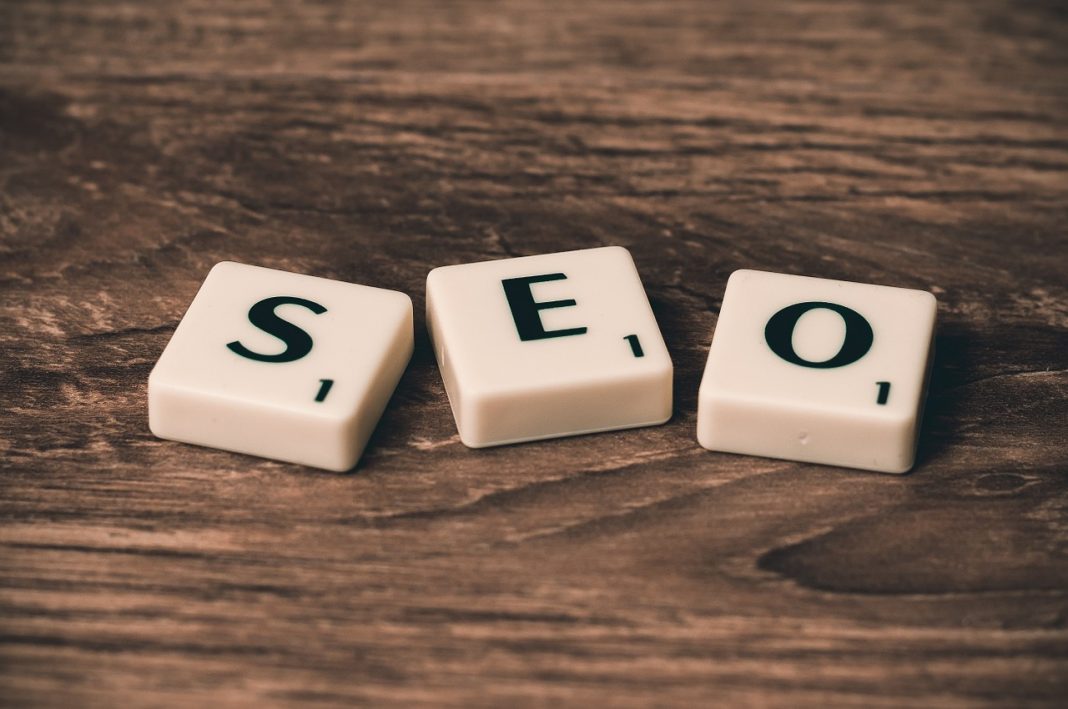As an SEO focused Web Agency, an integral part of our job is to keep up with Google updates which – those in the trade know it well – can greatly upset the order of the SERPs. And there is really something to run: since 2011 alone, big G has changed its algorithm 83 times! Consequently, every self-respecting SEO manager has gradually adapted their indexing strategies to these changes … But have you ever wondered if and how the behaviour of ordinary users changes with the evolution of Google? Those of Mediative
– Canadian web agency – yes, and the result is this enlightening study that you can download in full at this link.
What is interesting about this survey?
Comparing the way of interacting with the SERPs of users in 2005 with that of today, it can be seen how in the past if a site was not positioned in the first 3 results of the first page it was automatically excluded from clicks.
This is because the results of Google were taken as the gold standard and therefore the first sites were really considered as more relevant to the search; Long metatags were welcome because the user carefully read as much information as possible before clicking on a link.
Now, however, the average user is much more inclined to scroll the entire SERP page, without stopping at the first results: both because he learned about the fallibility of Google (sometimes the first links just have nothing to do with what we were looking for), and because the increasing use of smartphones and mobile devices has accustomed us to a vertical view of the web, so you need to scroll down to view more content. Unlike before, the user has much less desire to read all the metatags of a result: it takes an average of 1.17 seconds to understand if the link is of interest to them or not.
Furthermore, while in 2 005 the SERPs were all the same visually speaking, over time Google has also changed graphically the way of presenting its results: some examples?
Just think of the results highlighted on the maps, rather than those presented with Knowledge Graph or Carousel (see photo above) which can subtract a few clicks from the organic results, especially in the case of maps (and here too: usually the first result reported in the maps).
So, which SEO tips can you extrapolate from what has been said to win a few more clicks?
- First of all, it is necessary to optimize the metatags: for the question of the 1.17 seconds necessary to understand whether the link is relevant or not to the search, it is advisable to shorten the metatags and put the relevant keywords as the first words of the title; ditto for the Call to Action to be placed first in the description.
- Improve the attractiveness of our link: for example with thumbnails and videos, or by integrating it with reviews; between a text link and a link accompanied by the classic “stars” the user is more inclined to click on the latter, considered more reliable.
- Mix all the strategies available, not just SEO: integrating with PPC campaigns, complete with well-designed Adwords extensions, can earn a few clicks, especially as Google is trying to make paid ads much more graphically similar to organic results.
